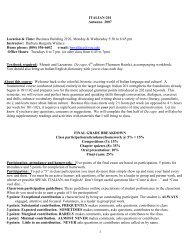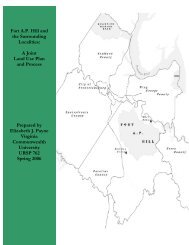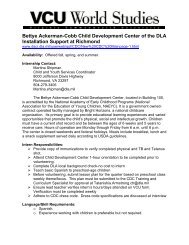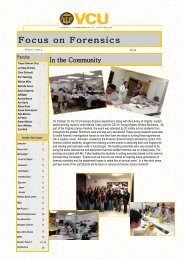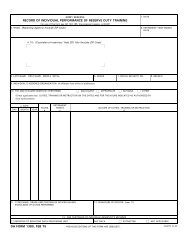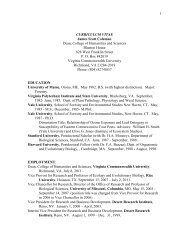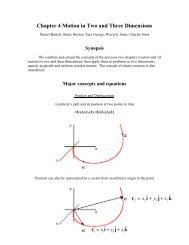A Transportation Plan for the Greenleaf Terrace Neighborhood
A Transportation Plan for the Greenleaf Terrace Neighborhood
A Transportation Plan for the Greenleaf Terrace Neighborhood
You also want an ePaper? Increase the reach of your titles
YUMPU automatically turns print PDFs into web optimized ePapers that Google loves.
The table indicates that, while all respondents in <strong>the</strong> survey have access to an auto, and<br />
most walk with some frequency, bicycle ridership is significantly lower and bus ridership<br />
is lower yet. 2000 Census data <strong>for</strong> <strong>the</strong> neighborhood seems to confirm <strong>the</strong> high level of<br />
automobile access, indicating that less that 3% of neighborhood residents do not have<br />
such access.<br />
The following chart, based on 2000 Census 3 data, indicates how individuals make <strong>the</strong>ir<br />
way to work in <strong>the</strong> <strong>Greenleaf</strong> <strong>Terrace</strong> neighborhood:<br />
Chart 1: <strong>Transportation</strong> to Work<br />
100.0%<br />
90.0%<br />
86.8%<br />
80.0%<br />
70.0%<br />
60.0%<br />
50.0%<br />
40.0%<br />
30.0%<br />
20.0%<br />
10.0%<br />
0.0%<br />
Car, truck or<br />
van<br />
0.0%<br />
Public<br />
transportation<br />
3.7% 4.1% 5.4%<br />
Bicycle Walked Worked at<br />
home<br />
Source: 2000 Census, Summary File 3<br />
Although some individuals choose to bike or walk to work, <strong>the</strong> vast majority choose <strong>the</strong><br />
automobile as <strong>the</strong>ir preferred mode of transportation to work. It is also interesting to note<br />
that <strong>the</strong> use of public transportation seems completely absent. After speaking with<br />
citizens, <strong>the</strong> number is certainly greater than zero, although still ra<strong>the</strong>r small. It should be<br />
noted that <strong>the</strong> figures above were derived from US Census 2000 Summary File III data,<br />
and as such are not 100 percent data, resulting in more error especially in small<br />
geographic areas.<br />
A fur<strong>the</strong>r investigation of 2000 Census data reveals that nearly 83% of workers in <strong>the</strong><br />
neighborhood that do not work at home have a commute time of less than 20 minutes,<br />
indicating that <strong>the</strong> lack of alternative transportation modes is not due to a lengthy<br />
commute time.<br />
3 2000 US Census Bureau, Summary File 3





